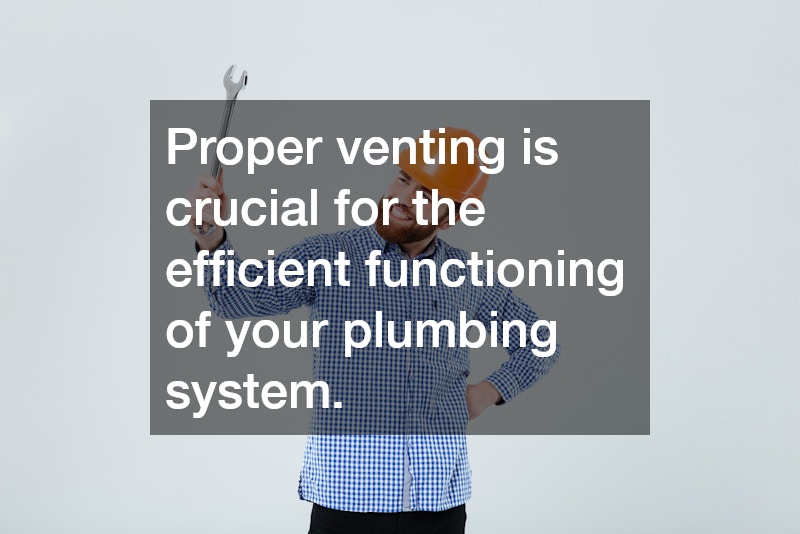Understanding how your plumbing system works can help you appreciate the convenience it provides and the importance of regular maintenance. Your home’s plumbing system is composed of four main components: waste drains, waste vents, potable water, and rainwater management.
Drains: Drains are essential for removing waste from your home. Made from materials such as ABS, PVC, or cast iron, these pipes connect to fixtures like toilets, sinks, and showers. Waste travels through these sloped pipes to the main drain, which leads to the municipal sewer.
In homes without municipal services, a septic tank is used to separate solids from liquids. The liquids are filtered naturally through the ground, while solids need periodic removal by a local plumber.
Vents: Proper venting is crucial for the efficient functioning of your plumbing system. Vents equalize the pressure in pipes when water flows through, preventing issues like gurgling noises and the release of sewer gases into your home. They also help relieve pressure buildup in municipal sewer lines.
Potable Water: Potable water typically comes from the municipal supply with a pressure of 40-80 psi. Homes have shutoff valves to control the water flow in emergencies. The water heater, which can be electric or gas-fed, heats the water for household use. In rural areas, wells provide groundwater, which is then treated to make it safe for consumption.
Rainwater Management: Rainwater management prevents water infiltration and property damage. Gutters direct rainwater away from your house. Some homeowners collect rainwater in barrels for non-potable uses, while others use French drains to manage excess groundwater.
.


